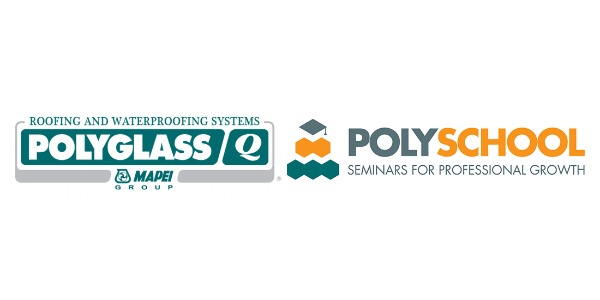What happened? A case study in a new building’s stucco gone wrong
November 3, 2025 at 3:00 p.m.By Air Barrier Association of America.
Register for this webinar and gain the insights that could save your next project.
Sometimes even the best-looking new buildings hide serious construction flaws beneath the surface. That’s exactly what happened to a recently constructed charter elementary school that faced major issues just eight years after completion. Cracks spidered across its stucco walls and water leaked through window perimeters into classrooms, threatening the building’s integrity and the safety of students.
 In the upcoming webinar on November 6, 2025, at 1 p.m. ET, “What Happened? A Case Study in a New Building’s Stucco Gone Wrong,” building envelope expert George David Schoenhard takes a deep dive into this project’s forensic investigation, the root causes of failure and the innovative solution that turned disaster into success.
In the upcoming webinar on November 6, 2025, at 1 p.m. ET, “What Happened? A Case Study in a New Building’s Stucco Gone Wrong,” building envelope expert George David Schoenhard takes a deep dive into this project’s forensic investigation, the root causes of failure and the innovative solution that turned disaster into success.
The case began with a simple observation — cracks in the stucco — but quickly escalated into a full-scale forensic discovery. Investigators uncovered extensive water infiltration, leading to decomposition damage and insect infestation within the wall system. The culprit? A fundamental application error during the stucco installation. The project was originally designed to use a traditional three-coat stucco system, but the contractor skipped a key step: the brown coat. Instead, they applied an extra-thick finish coat directly over the scratch coat.
That shortcut caused excessive shrinkage and widespread cracking. Even worse, the finish coat delaminated from the scratch coat, allowing rainwater to freely enter behind the surface. Mis-flashed windows compounded the issue, directing moisture straight into classrooms.
When the damage was finally uncovered, the school district faced a serious dilemma. Removing and reinstalling a proper three-coat stucco system would take far longer than the summer break allowed. To complete the work before the next school year, the project team turned to a modern solution, drainage back, direct-apply DEFS (Direct Applied Exterior Finish System) over cement board. Combined with new flashings and a fluid-applied air and weather barrier, this innovative approach delivered the look of traditional stucco with far better moisture control and performance.
The result was a watertight, durable and attractive finish that perfectly matched the original aesthetic while solving the core building envelope issues. The school reopened on schedule, now protected by a system that performs the way it should have from the start.
This fascinating case study will provide attendees with valuable lessons in proper stucco application, moisture management and repair strategies for both residential and commercial projects.
Learning objectives:
- Review guidelines for traditional three-coat stucco
- Understand why too much finish coat can cause cracking and delamination
- Learn why proper window flashing is critical to preventing leaks
- Compare three-coat stucco, EIFS and DEFS hard-coat systems
Don’t miss this chance to learn from a real-world failure — and see how to avoid similar mistakes in your own projects.
Register now to attend “What the Hell Happened? A Case Study in a New Building’s Stucco Gone Wrong” at no cost. This session is CABS-recommended learning and open to all industry professionals interested in improving their understanding of modern stucco systems and building envelope performance.
Learn more about Air Barrier Association of America (ABAA) in their Coffee Shop Directory or visit www.airbarrier.org.






















Comments
Leave a Reply
Have an account? Login to leave a comment!
Sign In